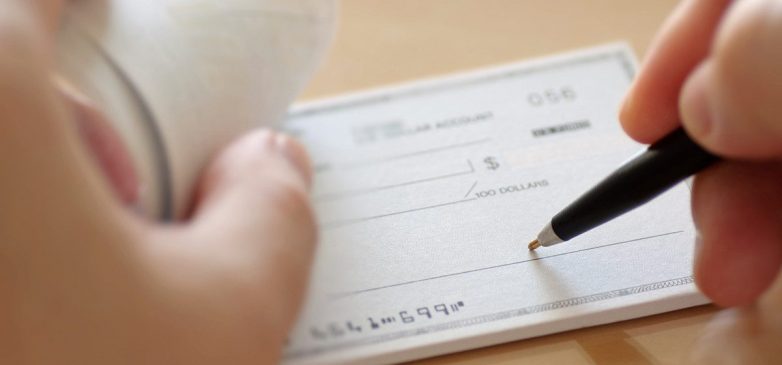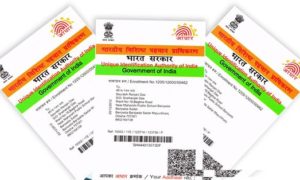Sudhir Rai (name changed), an NGO activist, got a confirmation call from his bank asking him to confirm the issuance of a cheque amounting to Rs 80,000 from his account. As Sudhir didn’t issue such a cheque, he asked the bank to decline the payment.
While it’s quite strange how the fraudsters managed to get a duplicate copy of an unused cheque leaf issued in his name, it wasn’t just a one off case.
Read More: Dove Shampoo, TRESemme Causing Cancer? Unilever Recalls UnileverOver Carcinogen Risk
With the increase in the number of such bank fraud involving cheques, the Reserve Bank of India (RBI) has asked banks to verify the authenticity of cheques from customers before clearing the payments.
However, flexibility is given to banks to decide the minimum cheque amount, above which confirmations will be taken from customers before clearance.
While this mechanism proves to be an effective step to counter cheque frauds, customers face inconvenience when banks start dishonouring / returning genuine cheques when account holders couldn’t be contacted at the time cheques were presented for payment.
To counter the problem of dishonouring / returning of genuine cheques, the RBI has introduced the mechanism of Positive Pay for all cheque payments applicable from January 1, 2021.
Read More: Just 2 days remain to invest in SBI Utsav Deposit scheme: Here’s what you need to know
Positive Pay allows an account holder to intimate his/her bank branch about details of a cheque soon after it is issued, so that it may be cleared without any hassles when presented for payment.
The intimation may be given offline in writing or online through net banking or banking apps.
Under this mechanism, a customer has to provide the minimum details of a cheque – like date, name of the beneficiary/payee, amount etc – to the bank before it is presented for payment.
When the cheque is presented for payment, the bank will match the details and honour it if the details match. In case of mismatch in details, the cheque will be dishonoured / returned unpaid and the same will be communicated to the account holder.





































